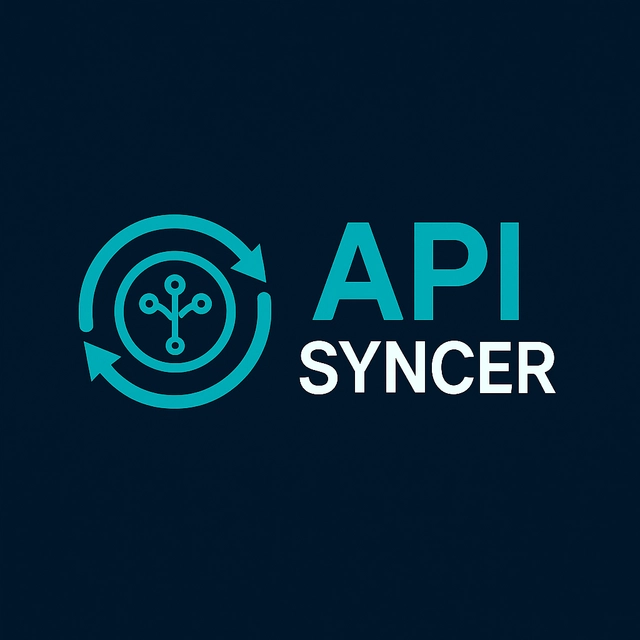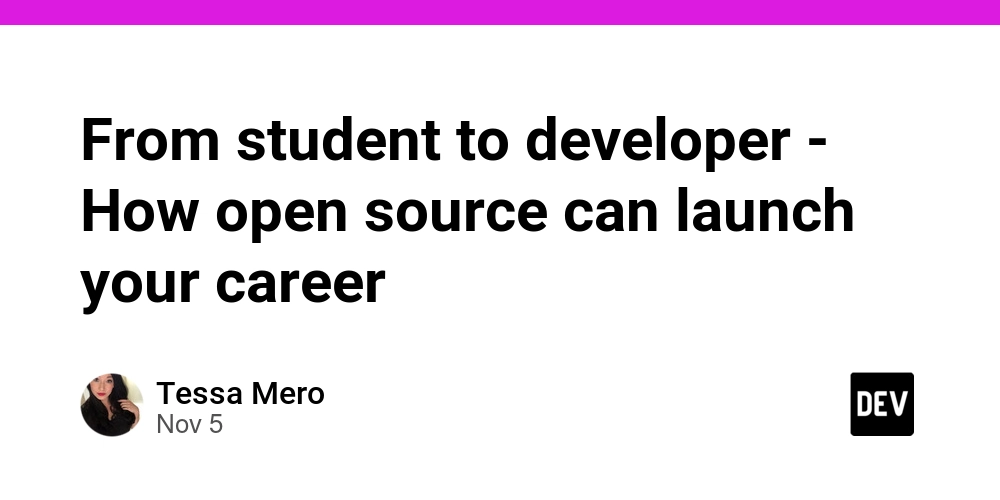💬 A hackathon story about blending AI, teamwork, and experience to solve API drift — and learning how to truly work smart, not hard.
Last week, our team joined our company’s AI-themed hackathon: “Work Smart, Not Hard.”
We were excited — but also a bit nervous — because we wanted to build something practical, something that solved a real developer and QA pain point.
As a QA, I’ve been exploring contract testing for some time now.
I love the idea of catching integration issues early, but in practice, it hasn’t been easy.
Our applications are written in different programming languages, which makes contract testing difficult to standardize. The learning curve can be steep, and maintaining contracts across teams takes time and coordination.
So when one of our developers mentioned how frustrating it is to consume internal APIs — especially when they change silently after development — it hit home for me.
He said,
“We’re not always aware of API changes once development is done. By the time we notice, defects have already slipped through.”
That conversation sparked an idea.
What if we could use AI to detect these API drifts automatically — before they cause problems?
And that’s how API Syncer was born.
(And yes, we generated our project logo using AI)
🚀 The Idea
API Syncer is a command-line tool powered by Claude CLI and Claude API.
Its job is simple but powerful: detect API drift between consumer and provider repositories.
From the start, we already knew we wanted to use Claude CLI. The question was how to approach the logic.
We went through different ideas — static analysis, manual schema diffing, even partial parsing — but none felt “smart.”
Then our newest (and youngest!) team member — someone about 10 years younger than the rest of us — shared an idea.
He suggested using Claude to analyze repo usage locally and detect mismatches intelligently.
Within a day he was able to create the entire infrastructure using AI and what he started became our learning ground.
That moment made me realize something.
As experienced devs and QAs, we sometimes get too fixated on traditional solutions. Meanwhile, newer developers — who’ve grown up with AI tools — see problems differently. That shift in mindset changed everything for us.
⚙️ How It Works
- The user runs API Syncer on the consumer repo using the CLI.
- The tool scans the project and identifies which API endpoints are being used.
- It then automatically clones the provider repo locally (no data leaves the environment).
-
Claude compares usage and schema differences locally, flagging issues such as:
- Schema or enum changes
- Deprecated endpoints still being used
- Incorrect API usage patterns
- Optionally, API Syncer can:
- Send a Slack alert for breaking changes.
- Auto-suggest fixes via Claude CLI — but always leaves the final decision to the developer before merging.
At the moment, API Syncer runs manually, but we designed it so it can easily fit into CI/CD pipelines later.
🧠 Under the Hood
Behind the scenes, API Syncer uses a combination of Retrieval-Augmented Generation (RAG) and prompt engineering.
It retrieves only the relevant data — endpoint definitions, schemas, and usage patterns — and feeds them to Claude for reasoning.
This keeps the analysis local, efficient, and secure, while still leveraging AI to detect and even suggest fixes for potential API drifts.
🔒 Security & Privacy
Security was a top priority for us.
- The comparison and analysis happen entirely on the developer’s machine.
- No business logic or source code is sent to Claude — only structured, minimal context (like endpoint names and schema snippets).
- Developers can review all suggestions before applying them.
We took extra care to only share what’s absolutely necessary for reasoning.
🏆 The Outcome
After several days of brainstorming, prompt-tuning, and multiple testing, API Syncer finally worked.
It wasn’t perfect — but it did exactly what we envisioned: detect changes before they caused problems.
When the results were announced, our team proudly placed 5th overall! 🎉
More than the placement, what really stood out was how AI helped us work smarter, not harder — automating what used to be a painful, manual, cross-team task.
✨ Final Thoughts
Building API Syncer reminded me what opportunities hackathons can give — they push you to think creatively and learn from others.
For me, it was also a personal reminder that AI isn’t here to replace our skills; it’s here to enhance them.
Sometimes, the best ideas come from mixing experience with fresh perspective — and a willingness to explore something new.
We’re excited to continue improving API Syncer, integrate it into CI/CD, and hopefully help more teams detect API drift early — with AI doing the heavy lifting, and humans staying in control.




